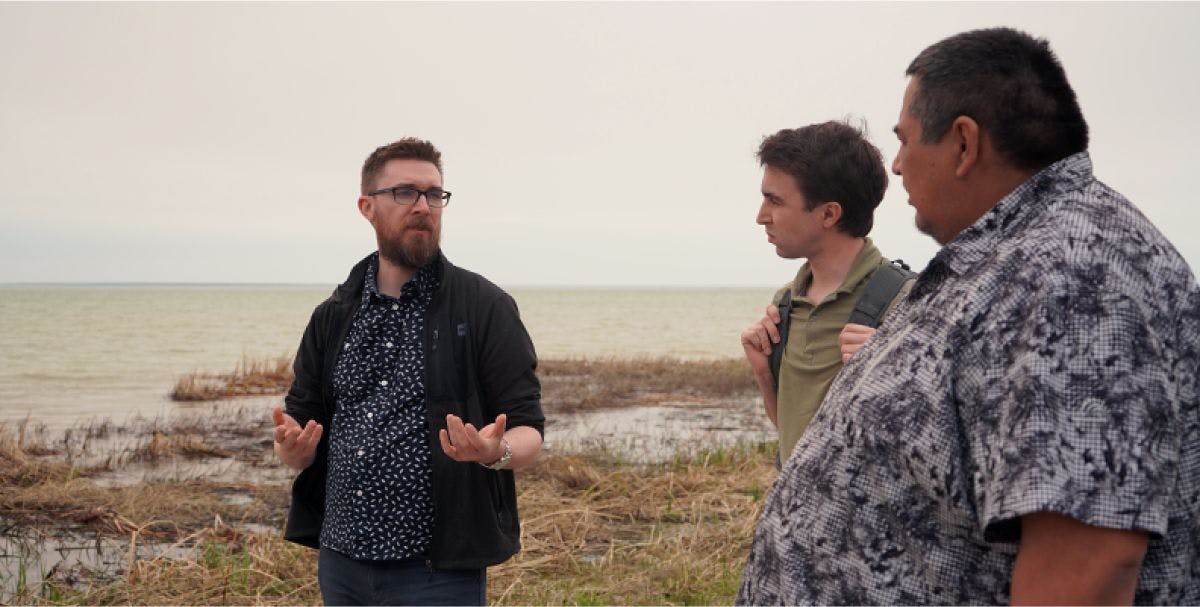There’s a scene in the first season of the sitcom Parks and Recreation where the main character, Leslie Knope, head of a newly formed government subcommittee, insists on hosting an early engagement meeting for a local park project. In her eagerness for the project and hope to impress members of the city council who will be in the audience, she tries to coerce residents into attending and ends up turning them off the project. The resulting town hall is a train wreck, as information on the project is non-existent, and Leslie tries to filibuster the meeting to prevent local naysayers from voting the project down.
The episode may make you laugh or cringe, depending on what side of the presenter’s podium you’ve been on. To some, holding early public engagement might seem just as ill-advised as Leslie’s event- a surefire way to slow down the project in questions and opposition and a fast track to being yelled at by residents. But in practice, not every public engagement has to go this way and is important at the early stages of project design and decision-making. In impact assessment, public consultation should start as early as the screening and scoping stages.
(Note that this is consultation with a little “c,” the crown’s Duty to Consult with Indigenous peoples may be legally mandated at certain stages and times but should be done as early as possible in keeping with best principles and practices of impact assessment.)
For those unfamiliar, the screening stage is when issues and valued components of the environment are “sifted through” to determine whether an impact assessment should be done. It is that early stage when a project is being conceptualized, ideas explored and tested, and opportunities identified. Scoping is the determination of what should be studied in the resulting impact assessment and how based on those valued components found in the screening.

Let’s consider the term “valued component” for a moment.
Thought of loosely, who determines what has value? Public stakeholders, such as NGOs and scientists, or rights holders, such as Indigenous groups, may have special knowledge of the area where the project is to be built. Expressing their concerns to the proponent about something of value to them early in the process allows for consideration of alternative routes or methods, project sites, or types. It is important to keep in mind what will be affected if the public suggests moving a project somewhere else. The “Not In My Backyard” principle has been known to benefit those with the loudest voices and wealthiest pockets and harm those who are already marginalized.
- 1
If issues are heard and noted early, there are less likely to be problems with the project later.
- 2
No proponent wants to have to use more time, money, and resources to go back and study a key issue that wasn’t brought up or listened to in the early stages.
- 3
As well, if the public has faith in the engagement process, they are more likely to accept its outcome.
- 4
If done well, early public engagement can result in the success of the project from the proponent's and the public’s point of view.
While not every project wraps up neatly, early engagement is critical to identifying key issues, possible impacts, and ways to mitigate those impacts. Come armed with key prompting questions, preset goals on what information you’d like to gather, and, of course, open ears and an open mind. If you’re armed with those tools and an honest willingness to listen to stakeholders and rights holders, you might just be able to make it through without filibustering your own meeting.




